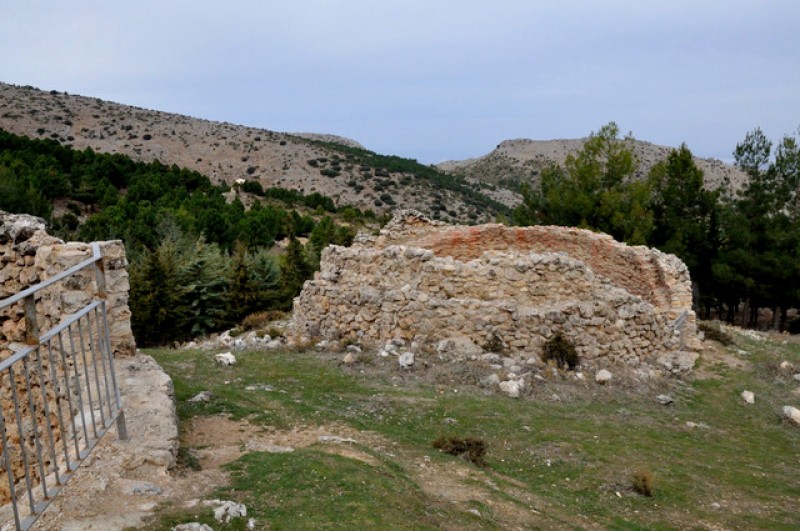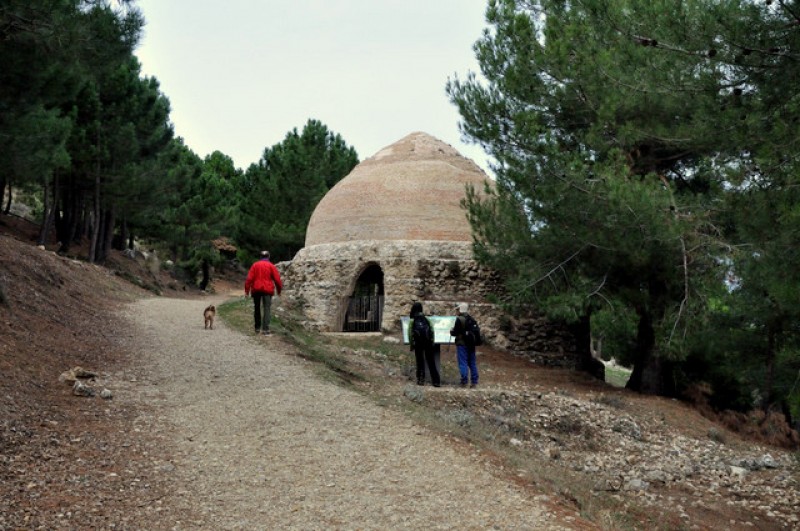

Guidelines for submitting articles to Mar Menor Golf Resort Today
Hello, and thank you for choosing Mar Menor Golf ResortToday.com to publicise your organisation’s info or event.
Mar Menor Golf Resort Today is a website set up by Murcia Today specifically for residents of the urbanisation in Southwest Murcia, providing news and information on what’s happening in the local area, which is the largest English-speaking expat area in the Region of Murcia.
When submitting text to be included on Mar Menor Golf Resort Today, please abide by the following guidelines so we can upload your article as swiftly as possible:
Send an email to editor@spaintodayonline.com or contact@murciatoday.com
Attach the information in a Word Document or Google Doc
Include all relevant points, including:
Who is the organisation running the event?
Where is it happening?
When?
How much does it cost?
Is it necessary to book beforehand, or can people just show up on the day?
…but try not to exceed 300 words
Also attach a photo to illustrate your article, no more than 100kb

Pozos de nieve, the snow wells of Sierra Espuña
An interesting walk for the whole family in the mountains of Sierra Espuña
One of the most popular walks in the regional park of the Sierra Espuña leads to the snow wells (Pozos de Nieve), which were used to supply ice to the cities of Murcia, Cartagena and Lorca before more modern means of food refrigeration were possible.
The snow wells of Sierra Espuña are distributed in two distinct groups, known as the "Pozos de Cartagena " and the "Pozos de Murcia" (due to the destination of the ice stored there in the past), and while most are in a ruinous state of abandon a couple have been restored and a few others still have the roof intact.
Snow wells in the Region of Murcia

There are snow wells in various areas of the Region of Murcia, including Jumilla and Yecla in the far north, Cieza, Abanilla, Fortuna, Caravaca de la Cruz and even Cartagena, but the best known fall within the municipalities of Totana and Alhama de Murcia in the mountains of Sierra Espuña.
They were first built at the end of the 16th century, and were packed with compacted snow during the winter to produce solid blocks of ice. These were then taken to the cities as a luxury for the very rich or used for medicinal purposes, and the activity was a source of constant employment in the mountains until the end of the 19th century, when the first ice making factory was built in the city of Murcia.
In total there were 23 wells in Sierra Espuña, each of them holding up to a million kilos of ice, which was transported by horse and carriage to the cities between May and September when the greatest demand for iced drinks and sorbets existed. Naturally the heat of the journey resulted in "shrinkage", approximately 35% of the ice melting before reaching its destination!
Around the pozos were a number of dwellings and a small chapel dedicated to the Virgen de las Nieves, and it is believed that much of the cutting and packing was done by the gypsy population of Totana.
Many people are unaware that much of the forested areas we see today in the mountains was only planted at the end of the 19th century and beginning of the 20th century, an initiative spearheaded by a remarkable man, Ricardo Codorníu y Stárico. Codorníu was a native of Cartagena native with a passion for the environment who studied forestry engineering in Madrid, and when he visited Sierra Espuña in 1889 he was horrified at the devastation he found there.
Murcia had undergone a massive economic and industrial boom following the arrival of the railways to the Region in 1862, the mineral wealth creating extensive mining activity and construction. In consequence the mountainsides of the Sierra Espuña were stripped bare, until Codorníu undertook a vast project to replant 20,000 hectares of hillside, creating much of what we see today.
By the early 20th century the snow wells had fallen into a sorry state, and it was not until recently that work was undertaken to try and bring the deterioration under . One of the wells, known as Pozo 6, has been completely restored using the traditional methods of construction, and this is the target on the walking route signposted in the highest part of the park.
Directions to the Pozos de Nieve in Sierra Espuña
From Totana
Take the MU-502 heading for Aledo, up past the Monastery of Santa Eulalia. Go past Aledo, and continue until you reach a point at which it is necessary to turn left or right. Take the right fork, signposted for Las Alquerias, EVA 13. Follow the road down to a right hand junction about 2 km on, and you'll see a pile of stones on the corner, a big forestry sign, and a signpost to the EVA13, 12 kilometers.
The road then splits into 2, with a sign indicating the way to the pozos de nieve. Parking is on the right.
Allow 20 to 25 minutes for the drive.
Click for map, Pozos de nieve, Sierra Espuña.
It´s just a short walk to the restored snowhouse, and the route climbs up to a glorious vantage point, where Barbary sheep are often visible on the mountainside. Visitors often take a picnic and enjoy a walk in the area: for further information visit the Ricardo Codorníu visitors' centre or click here.
For more local information in English about the municipality of Alhama de Murcia and the Sierra Espuña including news and forthcoming events, go to Alhama Today.














